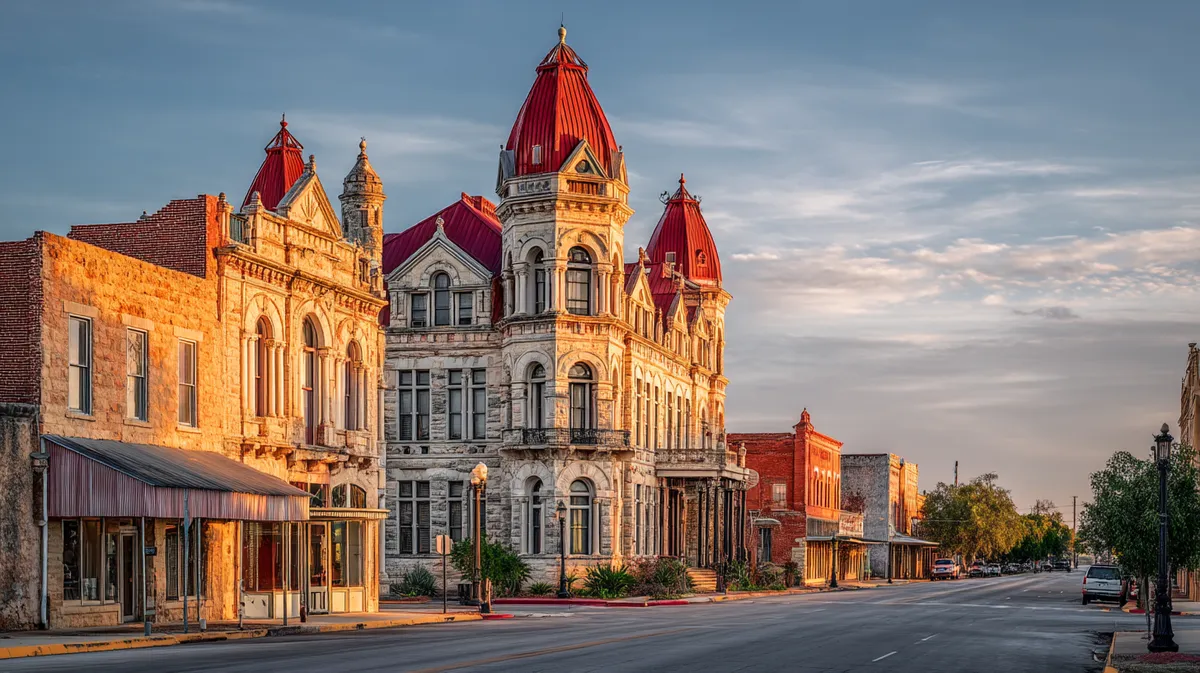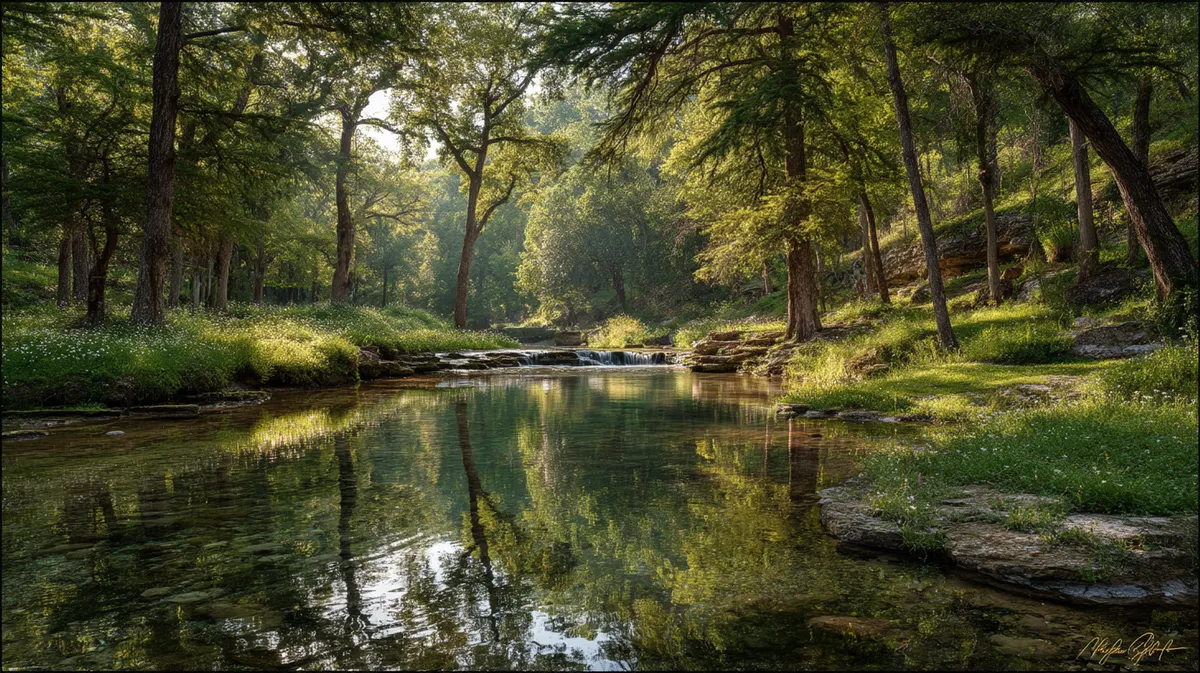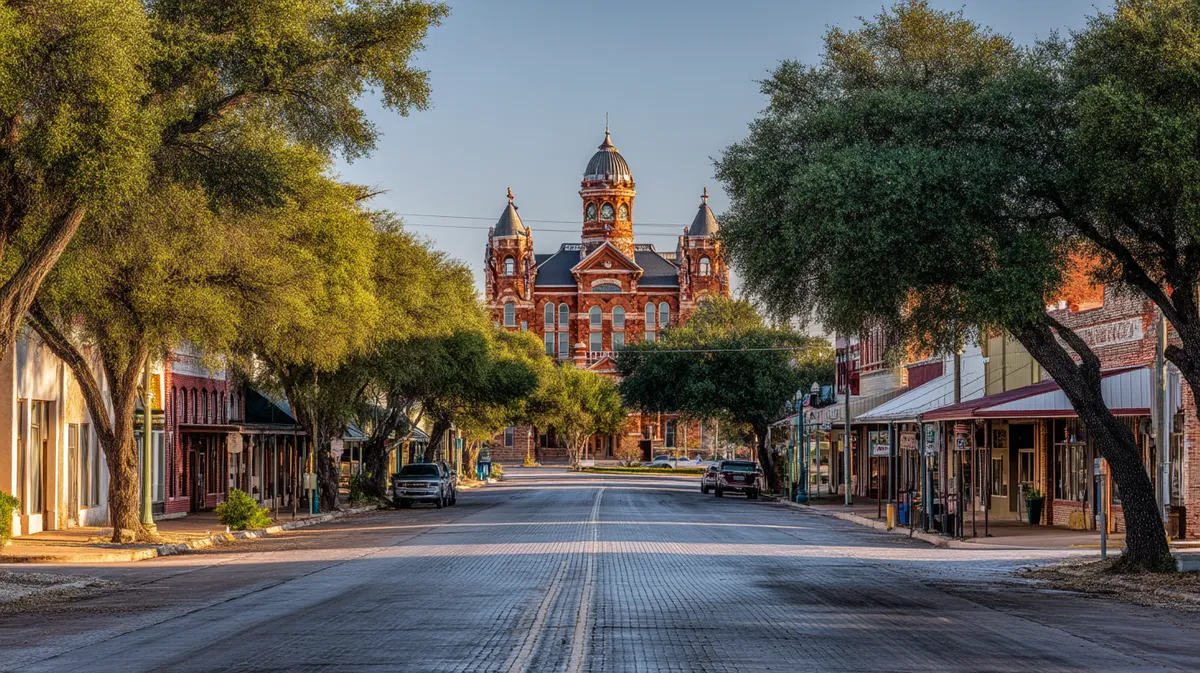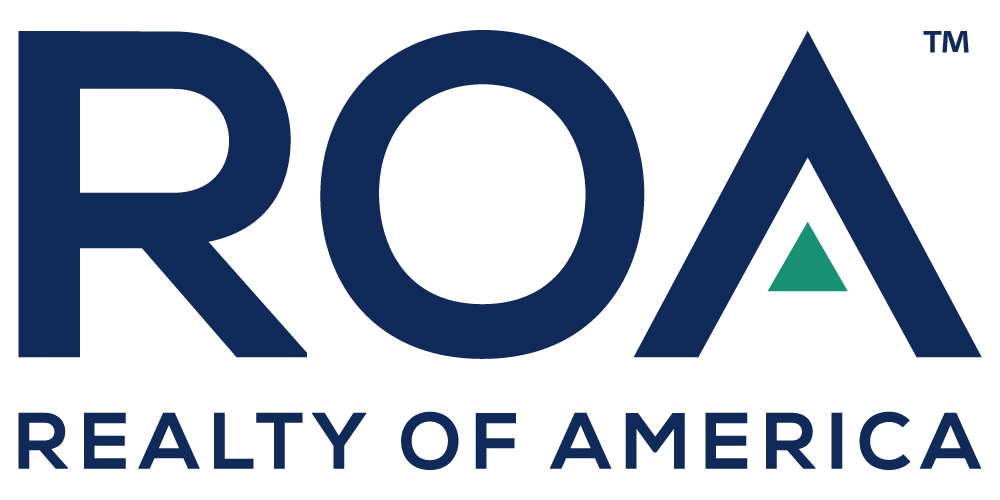A Quick Peek at Austin’s Education Scene
Austin is exploding with energy right now—families are pouring in faster than anyone ever expected (it’s like someone let the secret slip!). Not only is the tech industry booming here, but the city also boasts a colorful patchwork of top-tier public and private schools. You’ll see everything from advanced STEM initiatives to robust arts programs, and trust me, folks are loving it. Some families in my own network rave about the local emphasis on technology-driven learning. Others can’t stop talking about the creative outlets, like school-based theater or robotics clubs. Then there’s the well-known “Austin vibe”: a welcoming, diverse community that supports students and educators alike. If you’re new to the area, get ready—there’s a reason Austin (and its suburbs) have become a magnet for parents scouting great education.
The Big Public Players: Top Schools in Austin
Westlake High, LASA, Round Rock—these names pop up over and over again when you dig into Austin’s best public schools. And for good reason. Westlake High has a reputation for academic rigor (and let’s be real, the football trophies don’t hurt). You’ll find everything from advanced placement courses to specialized electives that cater to budding entrepreneurs, computer whizzes, and future doctors. LASA (the Liberal Arts and Science Academy) is another darling of Austin’s education scene. If you’ve got a kid who thrives on math challenges, or one who wants to debate the merits of classical literature until midnight, LASA will probably be on your shortlist. Meanwhile, Round Rock’s public schools stand out with well-rounded offerings in STEM, arts, and sports—plus a huge level of community support.
Dig a little deeper, and you’ll see how these institutions maintain such an edge. Take extracurriculars, for example. Some schools have robotics teams that compete at the state level, while others host award-winning marching bands. Sports? You bet. High schools around here often grab top spots in state championships for everything from baseball to swimming. Of course, academics are front and center (so many students from these campuses head to major universities, it’s almost uncanny). And there’s a cool synergy between parents and teachers: in some Austin districts, the parent-teacher organizations are practically unstoppable. They’ll fundraise for new computers or host epic carnival nights to drum up school spirit. If you’re someone who loves rolling up your sleeves and pitching in, you’ll fit right in.
Still, achievements aren’t just about trophies and titles. These schools frequently make headlines in U.S. News & World Report rankings for strong standardized test scores, advanced placement participation, and college readiness metrics. Westlake, for instance, has been known to rank among the top public schools in the entire state, year after year. LASA often earns praise for its selective admissions process and rigorous curriculum—it’s basically a dream come true for academically driven teens. And Round Rock? You’ll hear about their sustained success in advanced placement test pass rates and a healthy track record of scholarships awarded to graduating seniors. Numbers don’t lie, but it’s the intangible sense of community that really shines.
Which brings us to culture. Each district has its own flavor—some rely heavily on parent committees to throw monthly socials or create after-school programs. Others focus on building robust mentorship networks, matching older students with younger ones for guidance and tutoring (I saw one of these programs in action, and it was heartwarming). The result? You get pockets of Austin where neighborhoods feel like extended families. The PTA moms and dads here are basically superstars. They greeter newbies, rally volunteers for school events, and keep a watchful eye on local educational resources. It’s easier to settle into a new community when you see a wide-open invitation to get involved. If you’re an agent showcasing these areas, be sure to highlight that sense of “we’re all in this together.” Clients will thank you.
Private & Charter: Why They Might Be Right for You
Let’s talk private. St. Stephen’s Episcopal and Regents School of Austin are two that get plenty of buzz—and for good reasons. Imagine smaller class sizes, rigorous coursework, and teachers who have the bandwidth to give one-on-one attention. Families sometimes worry about the high costs, and I get it—tuition can be eye-popping. But here’s the flip side: scholarships, grants, or flexible payment plans can lessen the sting. Plus, the specialized curriculum can be a real game-changer. I’ve met parents whose shy, introverted kids blossomed when placed in these cozy, supportive environments. And since private schools don’t always follow the same constraints as public ones, you might find unique electives and advanced labs that help kids discover a lifelong passion.
But it’s not just about the academics. Many of these private institutions also emphasize extracurriculars in arts, music, or community service. That’s right, you might find a robust theater program or a marching band that competes nationally. I recall visiting one of these schools and hearing about their culinary club—something you don’t often see in a standard district. Programs like these can nurture creative sparks and build well-rounded adults. It’s not uncommon for graduates from these schools to get into Ivy League colleges or land competitive internships right in Austin’s buzzing tech scene.
Now, yes, money is a consideration. Some folks do the math and figure out that monthly tuition fits their budget if they forgo certain luxuries (like that fancy streaming subscription or daily latte habit—hey, we all have our vices). In many cases, schools like St. Stephen’s and Regents offer scholarships or aid to lighten the load for families who show promise and a real desire to join their community. Pro tip: encourage your clients to check out open-house events and talk directly to admissions teams. They might be surprised by how approachable these schools can be. It’s less about having a seven-figure salary and more about finding the right match for a student’s learning style.
But private schools aren’t the only alternative to public. Charter schools in Austin—like IDEA and Harmony—have been making waves in terms of performance and targeted support. These schools often focus on underserved areas or specialized learning methods, which can be a lifesaver for parents seeking unique opportunities for their kids. Some charters place a heavy emphasis on college prep; others champion STEM-based project learning. And since many charter schools are free (yep, zero tuition), families see them as a great middle ground between upscale private academies and the standard public system. If your buyer clients feel overwhelmed with options, charter schools might be the sweet spot. Just remind them that some of these schools have waitlists (which can be more challenging than it sounds!). Bottom line: Austin’s private and charter scene is diverse enough that almost any family—on any budget—can find something that resonates.
Neighborhood Vibes & Growth Trends
Here’s where it gets really interesting. Austin is stretching its boundaries like never before, with suburbs such as Leander, Cedar Park, and Round Rock becoming hot spots for families. Leander, for example, has been exploding with new homes and community developments—think brand-new parks, modern skate ramps, and dog-friendly cafés. Cedar Park isn’t any different. There’s a reason you see new road expansions every other month. Even so, the vibe remains family-friendly, with neighborhood block parties and local sports leagues for the kiddos. And Round Rock? It’s practically a small city at this point, teeming with new retail, restaurants, and a strong sense of fellowship.
If you’re helping clients figure out whether they’d vibe with one of these suburbs, remind them that good schools often become the anchor of an entire community. It’s not unusual to see neighbors chatting about homework tips at the local grocery store or showing up to weekend soccer games in full spirit gear. I bet you haven’t tried that level of school pride in your own neighborhood. Or maybe you have—but Austin really takes it up a notch. Public events—like neighborhood BBQs—help families connect, and you’ll frequently see volunteering opportunities that keep everyone tightly knit. It’s not just about having a quiet place outside the city center; it’s about building your tribe.
Now, let’s dig into the real estate angle (you knew it was coming). Homes close to top schools can come at a premium, and that’s no secret. Proximity to a high-ranking campus can sometimes push property values 5-10% above the area’s median (I’ve seen it happen more than once). Yet the payoff is a shorter commute for your kids, peace of mind about educational quality, and a strong likelihood that your investment will hold or increase in value. For 2023, median home prices in these suburbs hover around the mid-$400,000s, with some pockets creeping into the high $500,000s. Average days on market? Roughly 40-50, but it’s all about the neighborhood. And the forecast for 2024? Many local realtors predict a steady climb, given continued tech job growth and a never-ending inflow of new Austinites.
It’s worth noting that not everything is perfect. Traffic can be a bear (yes, even in the suburbs), and as new communities pop up, the push for more infrastructure is real. But the trade-off is living near multiple parks, consistently improving amenities, and that intangible sense of camaraderie you see in smaller towns. So if you’ve got clients worried about whether it’s “worth it” to move out past city limits, remind them: location is everything, especially when it ties into school districts. Homes around Leander ISD, for instance, might command a higher price tag compared to an area with more modest performing schools. Still, families regularly jump at the chance because they’re thinking long-term about education, property values, and daily quality of life.
Ready to Head This Way?
Austin’s education landscape is a vibrant showcase of possibilities—public, private, and charter all coexisting with a steadfast commitment to academics, arts, and tech. You’ve got to figure out what kind of environment suits your family—or your buyers—best. Do they want the structured competitiveness of a big-name public high school? Or maybe a smaller private option with that tight-knit campus feel? Location is a huge part of the puzzle: being close to these sought-after schools can influence everything from home prices to your morning commute. Yet here’s the big plus: as Austin continues evolving, it’s only adding more educational and real estate opportunities to the mix. If you ask me, the future looks pretty darn bright for families who decide to make this city (or its suburbs) their next big move.













